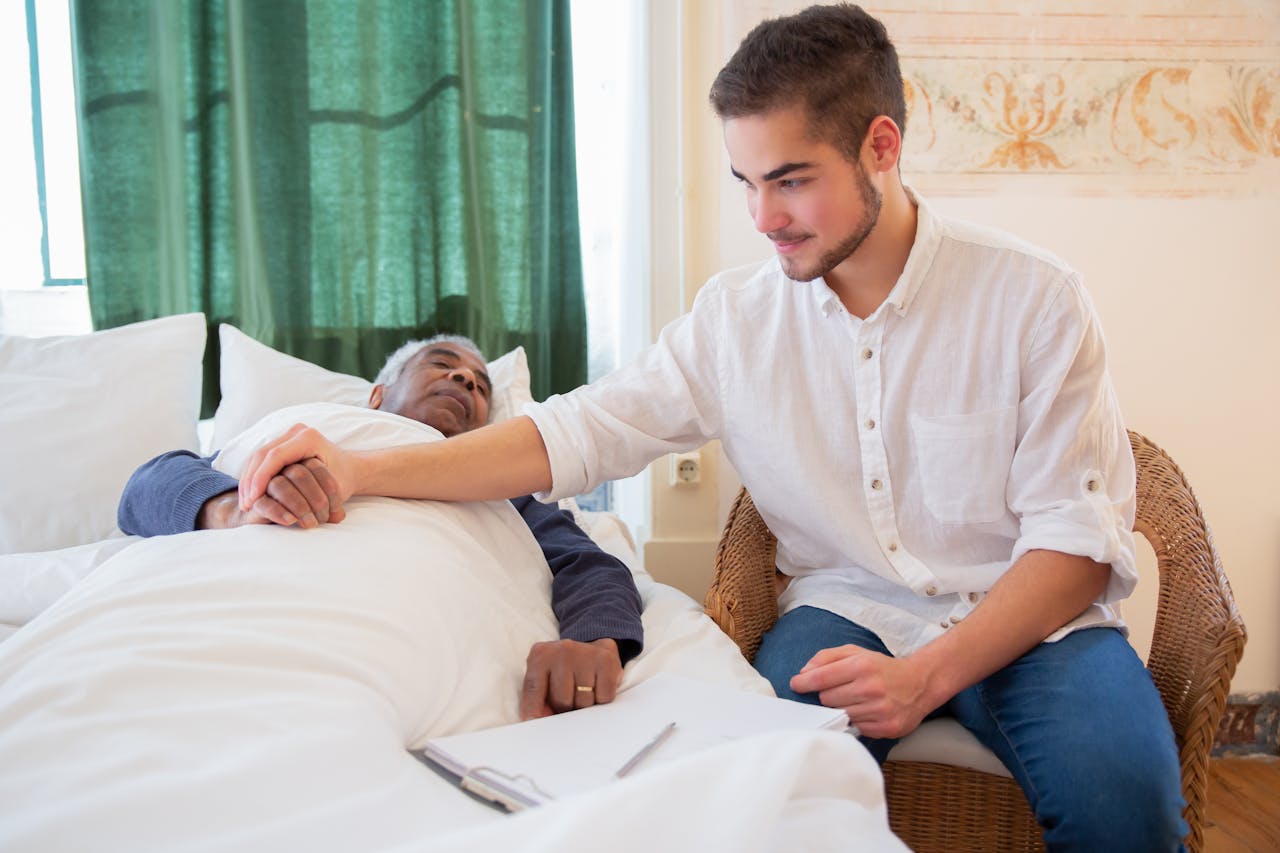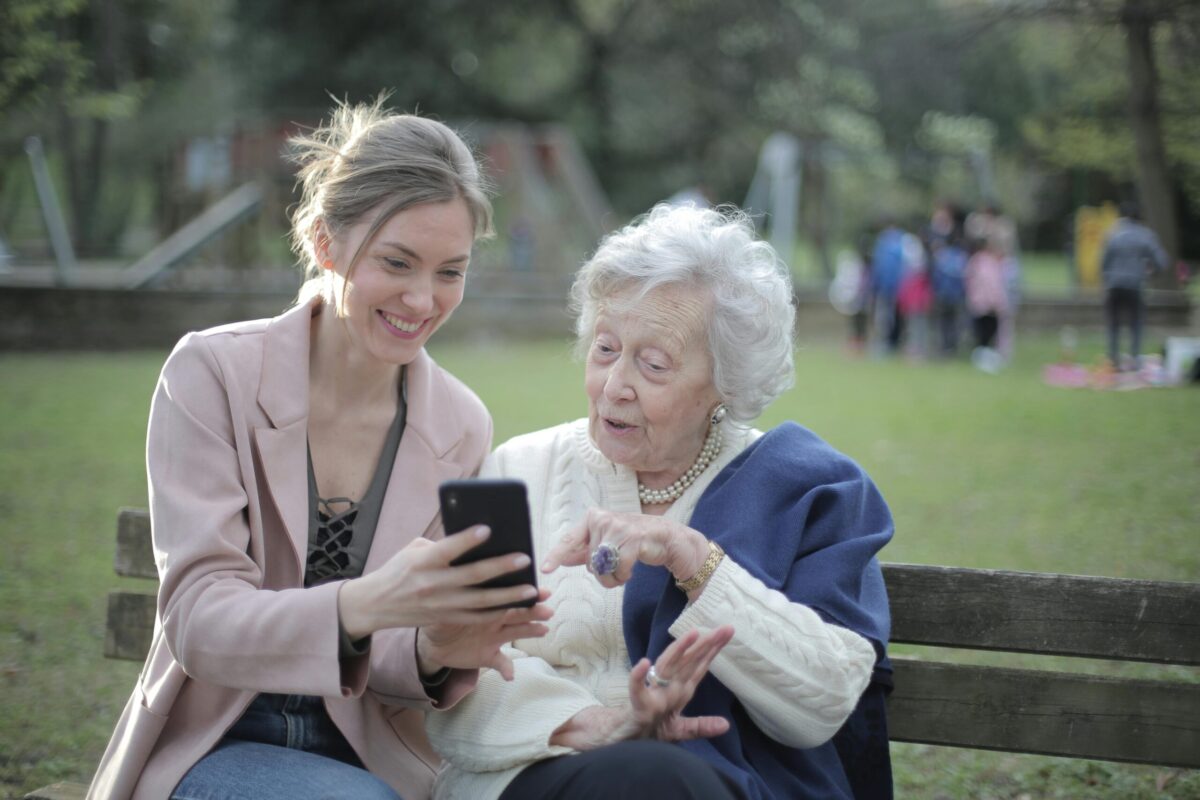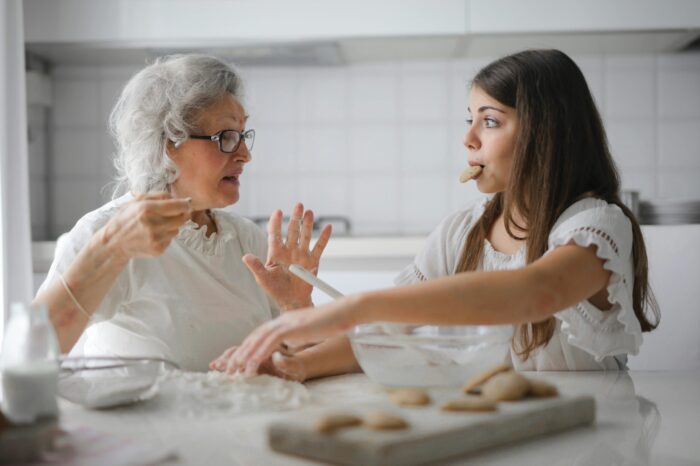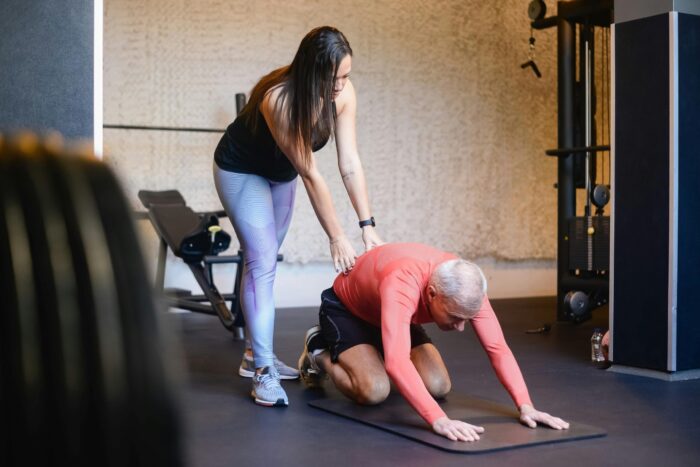How Can I Be Safe While Going Out?
To stay safe while going out, plan your route and choose well-lit, populated areas. Carry a fully charged mobile phone and let someone know your plans. Be aware of your surroundings and avoid distractions like excessive phone use. Wear bright or reflective clothing for visibility. Keep personal belongings secure and carry identification with medical information. If using public transportation, travel during off-peak hours and stay near the driver. Consider carrying a personal alarm or pepper spray for self-defense. Trust your instincts and avoid risky situations. Walking with confidence and staying in groups can also enhance your safety.

As seniors age, maintaining independence becomes increasingly important. This includes continuing to enjoy outdoor activities such as walking, exercising, and using public transportation. However, personal safety is a crucial consideration. Here are some tips and guidelines to help seniors stay safe while out and about.
Staying Safe While Walking or Exercising Outdoors
1. Plan Your Route: Before heading out, plan your route. Choose well-lit, populated areas and avoid unfamiliar or isolated places. Familiarity with your surroundings can enhance your confidence and reduce the risk of getting lost or encountering unsafe situations.
2. Dress Appropriately: Wear comfortable, appropriate footwear to avoid slips and falls. Bright or reflective clothing can increase your visibility, especially during early morning or late evening hours.
3. Stay Connected: Carry a fully charged mobile phone. Let someone know your planned route and expected return time. Many smartphones have emergency contact features and location sharing, which can be useful in case of an emergency.
4. Be Aware of Your Surroundings: Stay alert and aware of your surroundings. Avoid distractions such as excessive use of headphones or engrossing in your phone. Being aware of your environment can help you notice potential hazards or suspicious activity.
5. Carry Identification: Always carry identification with you. Consider including medical information such as allergies, current medications, and emergency contact details. This information can be crucial in the event of an emergency.
6. Hydrate and Protect Yourself: Stay hydrated, especially during warmer months. Use sunscreen to protect your skin from harmful UV rays and wear a hat to shield your face. Staying hydrated and protecting yourself from the sun can help prevent heat-related illnesses.
7. Use Walking Aids if Needed: If you use a cane, walker, or other mobility aid, make sure it is in good condition. Properly maintained walking aids can help prevent falls and provide additional stability.
Tips for Using Public Transportation Safely
1. Plan Ahead: Know the schedule and route of your transportation. Have a plan for what to do if you miss your stop or the bus or train is delayed. Planning ahead can reduce stress and help you navigate the system more confidently.
2. Avoid Rush Hours: If possible, travel during off-peak hours. Crowded buses and trains can be overwhelming and increase the risk of falls or theft.
3. Stay Near the Driver or Conductor: When possible, sit or stand near the driver or conductor. This can provide a sense of security and make it easier to ask for assistance if needed.
4. Keep Personal Belongings Secure: Keep your personal belongings close to you and secure. Use bags with zippers or closures to prevent theft. Avoid displaying valuable items such as expensive jewelry or large amounts of cash.
5. Be Cautious When Boarding and Exiting: Take your time when boarding and exiting vehicles. Use handrails and be mindful of the gap between the platform and the vehicle. If you need assistance, don’t hesitate to ask the driver or a fellow passenger.
6. Stay Vigilant: Be aware of your surroundings and the people around you. Trust your instincts; if something feels off, move to a safer location or seek help.
7. Know Emergency Procedures: Familiarize yourself with emergency procedures for the transportation system you are using. Knowing how to contact authorities or find emergency exits can be vital in a crisis.
Self-Defense Tips and Tools for Seniors
1. Confidence and Awareness: Confidence can be one of the most effective deterrents against potential threats. Walk with purpose, maintain good posture, and make eye contact with people around you. Awareness of your surroundings can help you avoid dangerous situations before they escalate.
2. Personal Alarms: Consider carrying a personal alarm. These devices emit a loud sound when activated, drawing attention and potentially scaring off an attacker. They are small, easy to use, and can be attached to keychains or bags.
3. Pepper Spray: Pepper spray is a common self-defense tool. It can temporarily incapacitate an attacker, giving you time to escape. Ensure you know how to use it properly and check local regulations, as its legality varies by location.
4. Self-Defense Classes: Many communities offer self-defense classes tailored to seniors. These classes can teach techniques to defend yourself and build confidence. Learning basic self-defense moves can be empowering and increase your sense of security.
5. Walking Sticks or Canes: If you already use a walking stick or cane, it can double as a self-defense tool. There are canes designed specifically for self-defense, featuring reinforced materials and ergonomic grips for effective use in emergencies.
6. Trust Your Instincts: If you feel unsafe or sense something is wrong, trust your instincts. It’s better to be cautious and avoid potential danger than to dismiss your feelings and regret it later.
7. Stay In Groups: Whenever possible, walk or exercise in groups. There is safety in numbers, and having companions can deter potential attackers.
What Are 10 Personal Safety Rules?
Always be conscious of your environment and the people around you. This includes while walking, shopping, or in public places.
If you need to go out after dark, try to stay in well-lit areas and ideally go with a friend or family member.
Always carry a fully charged phone with you and have important contacts easily accessible.
Ensure your home has a reliable security system, including locks, alarms, and, if possible, surveillance cameras.
If something or someone makes you feel uneasy, trust your gut feeling and remove yourself from the situation as quickly as possible.
Be cautious when sharing personal information. Avoid disclosing too much about yourself to strangers, whether in person or online.
Maintain regular contact with family or friends. Let someone know your plans and expected return times when you go out.
Carry only the cash you need and avoid wearing flashy jewelry or carrying expensive items that might attract unwanted attention.
Store your medications in a secure place, and be cautious about who knows what medications you are taking.
Consider taking a self-defense class designed for seniors to build confidence and learn techniques to protect yourself in case of an emergency.
How To Protect Yourself From Strangers?
Protecting yourself from strangers begins with heightened awareness and vigilance. Always be conscious of your surroundings, avoiding distractions like excessive phone use while walking. Making eye contact with people around you can display confidence and deter potential threats. Trust your instincts; if someone makes you feel uneasy, it’s better to be cautious and remove yourself from the situation. Keep your personal information private, refraining from sharing details like your address or financial information with strangers, whether in person or online.
In addition, practical measures can significantly enhance your safety. Whenever possible, travel with a friend or family member, as there is safety in numbers. Stick to well-lit and populated areas, especially at night, and avoid shortcuts through isolated places. Secure your home with reliable locks, alarms, and possibly security cameras, and be cautious about letting strangers in. Carry a personal safety device, such as a whistle, pepper spray, or a personal alarm, for emergencies. Consider enrolling in a self-defense class to learn basic techniques to protect yourself if confronted. Lastly, always inform someone you trust about your whereabouts and check in regularly to ensure your safety. These steps collectively provide a robust strategy to protect yourself from potential dangers posed by strangers.
Conclusion
Personal safety is paramount for seniors who wish to maintain their independence and enjoy outdoor activities. By staying alert, planning ahead, and utilizing self-defense tools and techniques, seniors can confidently navigate their surroundings and reduce the risk of harm. Whether walking, exercising, or using public transportation, these safety tips can help ensure that outdoor experiences remain enjoyable and secure.
Related Articles

What is Palliative Care?
Palliative care is a specialized medical care approach focused on providing relief from the symptoms and stress of a serious illness.

Understanding Assisted Living
Assisted living provides older adults with a residential option that combines housing, personal care, and health services.

Introduction to Nursing Homes
Assisted living offers daily support and independence; nursing homes provide 24/7 medical care;

Benefits of Yoga for Seniors
Discover how yoga can enhance flexibility, balance, and mental well-being





